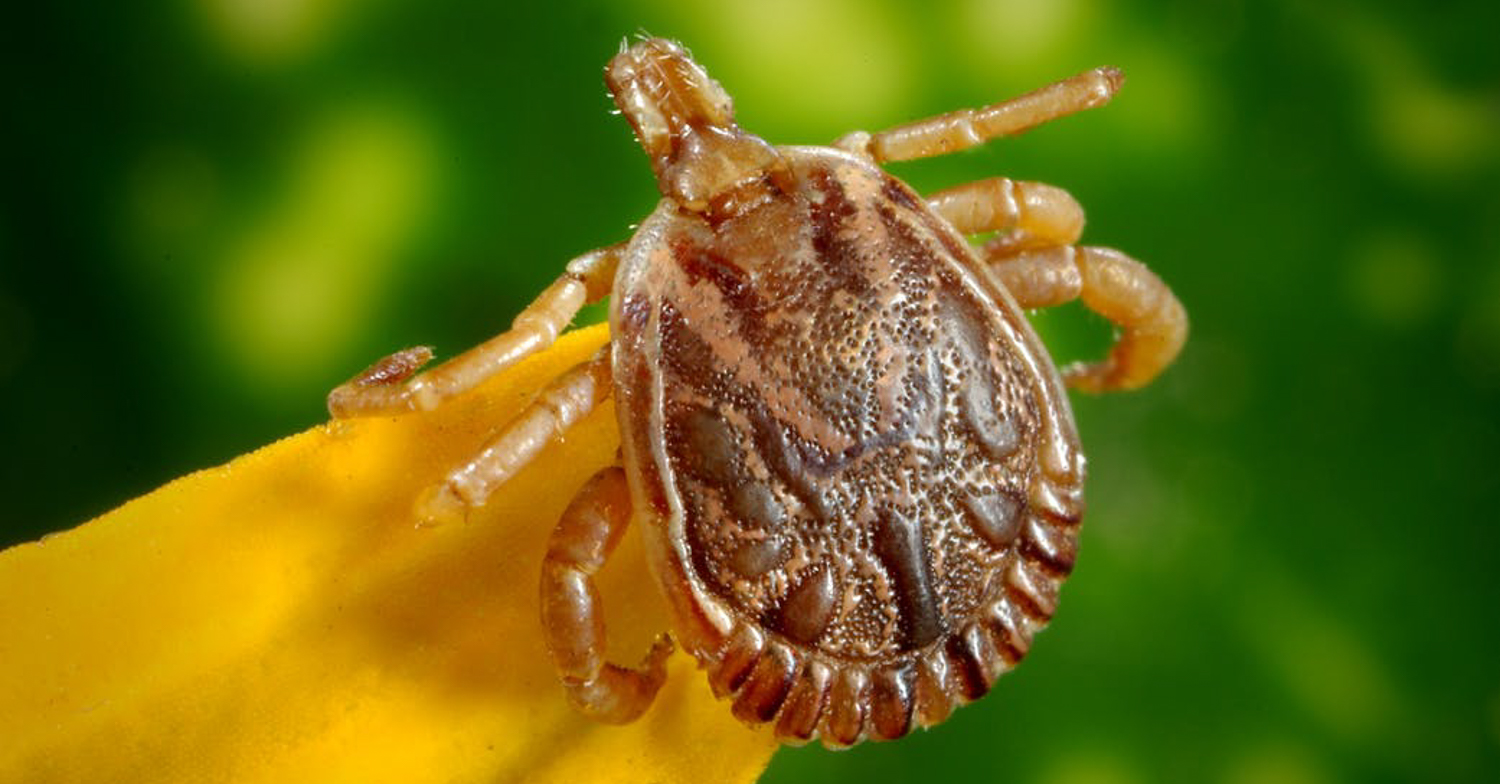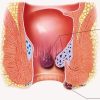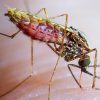- Empty cart.
- Continue Shopping
How to Protect Yourself from Tick-Borne Diseases

Ticks are small arachnids that feed on the blood of animals, including humans. While many tick bites are harmless, some ticks can transmit diseases that can be severe or even life-threatening. Tick-borne diseases, such as Lyme disease and Rocky Mountain spotted fever, are a growing concern in many regions. Protecting yourself from tick bites is essential for preventing these illnesses.
1. Know Your Risk
Understanding the areas and seasons where ticks are most active is crucial. Ticks are commonly found in wooded or grassy areas, so be particularly cautious when hiking, camping, gardening, or spending time outdoors in such environments. Ticks are most active during the spring, summer, and early fall.
2. Wear Appropriate Clothing
- Long Sleeves and Pants: Wear long-sleeved shirts and long pants, preferably in light colors to make ticks more visible.
- Tuck Clothing In: Tuck your pants into your socks or boots to create a barrier that makes it harder for ticks to reach your skin.
- Use Tick-Repellent Clothing: Consider treated clothing with permethrin, a tick-repellent chemical. These clothes are available commercially and provide long-lasting protection.
3. Apply Tick Repellent
Use an EPA-approved tick repellent on exposed skin. Look for repellents that contain DEET, picaridin, or oil of lemon eucalyptus. Follow the product’s instructions carefully, especially when applying to children.
4. Perform Tick Checks
After spending time outdoors, check your body and clothing for ticks. Pay close attention to:
- Underarms
- In and around the ears
- Inside the belly button
- Back of the knees
- In and around the hair
- Between the legs
- Around the waist
If you find a tick, remove it promptly and correctly (see step 5).
5. Proper Tick Removal
If you find a tick attached to your skin, remove it using these steps:
- Use fine-tipped tweezers.
- Grasp the tick as close to the skin’s surface as possible.
- Pull upward with steady, even pressure. Do not twist or jerk the tick, as this can cause the mouthparts to break off and remain in the skin.
- After removal, clean the bite area and your hands with rubbing alcohol, an iodine scrub, or soap and water.
- Dispose of the tick by placing it in alcohol, sealing it in a bag, wrapping it tightly in tape, or flushing it down the toilet.
6. Protect Pets
Ticks can latch onto pets and then transfer to humans. Use tick prevention products recommended by your veterinarian to protect your pets. Check them regularly for ticks, especially if they spend time outdoors.
7. Landscaping and Yard Maintenance
Make your yard less attractive to ticks:
- Keep grass and weeds trimmed short.
- Create a barrier between wooded areas and your yard using gravel or wood chips.
- Remove leaf litter and debris.
- Consider using tick control products in your yard, following label instructions.
8. Shower and Wash Clothes
After spending time outdoors, take a shower within two hours to wash off any loose ticks. Ticks often take a while to attach, so a shower can help remove them before they bite. Also, wash and dry your outdoor clothing on high heat to kill any ticks that may be clinging to them.
9. Know the Symptoms of Tick-Borne Diseases
Familiarize yourself with the symptoms of common tick-borne diseases, such as Lyme disease, and seek prompt medical attention if you experience any of them. Early diagnosis and treatment are essential for effective management.
10. Consult a Healthcare Provider
If you have concerns about tick exposure, have been bitten by a tick, or develop symptoms of a tick-borne illness, consult a healthcare provider. They can assess your risk and provide guidance on testing and treatment if necessary.
By following these precautions and being vigilant, you can significantly reduce your risk of tick bites and the associated tick-borne diseases. Remember that prevention is the key to protecting yourself and your loved ones from these potentially serious illnesses.








